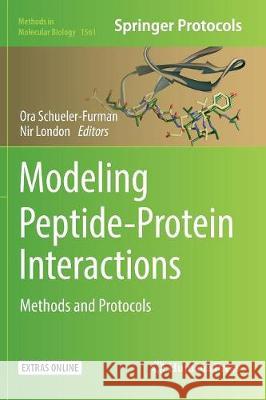Modeling Peptide-Protein Interactions: Methods and Protocols » książka
topmenu
Modeling Peptide-Protein Interactions: Methods and Protocols
ISBN-13: 9781493983025 / Angielski / Miękka / 2018 / 311 str.
Modeling Peptide-Protein Interactions: Methods and Protocols
ISBN-13: 9781493983025 / Angielski / Miękka / 2018 / 311 str.
cena 326,93 zł
(netto: 311,36 VAT: 5%)
Najniższa cena z 30 dni: 325,42 zł
(netto: 311,36 VAT: 5%)
Najniższa cena z 30 dni: 325,42 zł
Termin realizacji zamówienia:
ok. 20 dni roboczych.
ok. 20 dni roboczych.
Darmowa dostawa!
Kategorie:
Kategorie BISAC:
Wydawca:
Humana Press
Seria wydawnicza:
Język:
Angielski
ISBN-13:
9781493983025
Rok wydania:
2018
Wydanie:
Softcover Repri
Ilość stron:
311
Waga:
0.45 kg
Wymiary:
23.39 x 15.6 x 1.73
Oprawa:
Miękka
Wolumenów:
01
Dodatkowe informacje:
Wydanie ilustrowane











